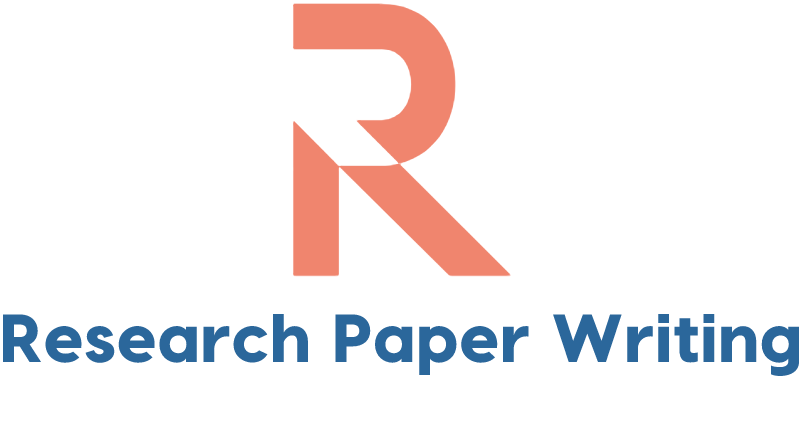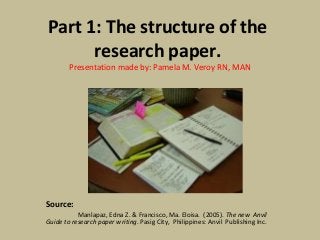The first step in understanding how to structure a research paper is determining what information you will need to answer the question. Once you have this information, you can begin figuring out how to organize the paper. One way to do this is to use a mind map to generate categories and separate them into single-subtopic paragraphs. You may have more than one paragraph on each subtopic. Group related paragraphs together under subheadings and then determine the focus of each paragraph with a topic sentence.
Example of a research paper outline
Among all the aspects of writing a research paper, a well-written outline is essential to its success. It should contain three major sections: the introduction, the body, and the conclusion. It should also include the thesis statement, reason for research, methodology, and aims of investigation. Each section should contain specific information, stressing major points from the research paper. An example of a research paper outline is available online.
The structure of a research paper outline will vary depending on the discipline. Decimal outlines for example forgo alphanumeric coding and use a system of increasing decimal points. First, the main topics are listed, followed by subtopics, then points under those subtopics, and finally, further details. The next level is the conclusion, which is represented by the following number. Each line should contain quick blurbs, which help the reader follow the outline.
Identifying assumptions that require justification
Identifying assumptions that require justification in your research paper is important for a number of reasons. Incorrect assumptions can lead to misleading conclusions, and they can also undermine the value of your work. A good assumption can be reasonably justified and can be verified, while a bad assumption is more difficult to verify, so it must be explained. This article will discuss some tips for identifying assumptions in a research paper.
The most common way to spot necessary assumptions in a research paper is to look for gaps in the argument. An example of this is an idea that is not supported by evidence. This idea might be important to the study, but there is a gap where it may be possible to uncover it. In addition, a missing piece of evidence might also point to a necessary assumption. For example, an idea in the conclusion may be based on a flawed hypothesis that was never tested.
Creating a central argument in a research paper
To create a strong and compelling central argument, you should consider the sources you’ve consulted, backed by evidence. In other words, your paper is part of a larger conversation, but you should still give your own voice. In your introduction, include your own voice, and relate all sources to your central argument. Addressing all sides of the argument strengthens your stance. For more information, see the guide to argument structure.
An introduction should catch the reader’s attention. It should include background information, a quote, and a personal anecdote. It should also be persuasive and contain facts from reputable sources. Then, transition to the main body of the essay. The conclusion should summarize the main points, presenting analysis, and state the conclusion. If the essay is a research paper, make sure that it follows a structure similar to a standard thesis statement.
Breaking down a research paper outline into paragraphs
A great outline for a research paper begins with an introduction that engages the reader. The introduction should include a strong essay hook and relevant background information. In the body paragraphs, the student should present the main argument and research findings. The outline should be kept to a certain number of words. This is the longest part of the paper. The body of the paper is broken down into smaller sections and must contain a minimum of three paragraphs.
When planning the outline for your paper, make sure to read it through a few times to check for any gaps in the argument and logical order. Short to medium-length papers will have one paragraph per heading, while longer papers may have several headings. Subheadings will also often become paragraphs, so count the number of sentences under each heading. As you write your paper, you’ll see how many sentences you have to write for each section.
Using a digital writing assistant to write a research paper
There are many benefits to using a digital writing assistant when writing a research paper. First of all, digital writing assistants can save you a lot of time and effort. Some writing assistants are free of charge, while others require a fee. They also have many features that make writing easy and efficient. Below are some of the benefits to using a writing assistant:
– Improve your grammar. While writing, you may notice errors in your grammar and spelling. The help of a writing assistant can save you time and effort by checking your paper for grammatical errors. Secondly, you will have time to focus on creativity and emotion, as writing assistants can edit and correct your work. This tool is essential when writing an academic paper, especially if you’re working under tight deadlines and don’t have time to do everything yourself.

